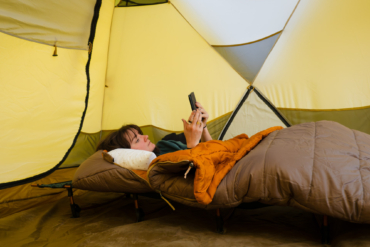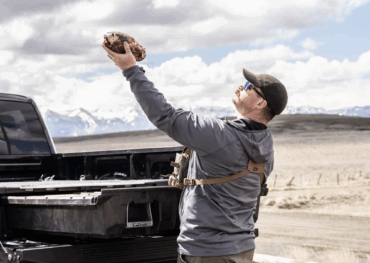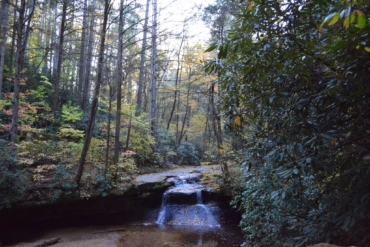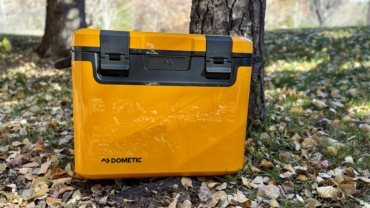If Utah could be known for just one thing, it would be its landscape. What used to be a rarely visited desert has now become one of the country’s most popular tourist destinations. This is partly due to a campaign known as The Mighty 5.
Within the state of Utah, there are five national parks: Arches, Canyonlands, Bryce Canyon, Capitol Reef, and Zion. And there are countless national monuments, state parks, and public lands to explore on top of that.
If you’re planning a road trip through Utah, building an itinerary around The Mighty 5 is one of the best ways to see the diversity of Utah’s ecosystems.
Note: Due to COVID-19, there may be additional closures, regulations, or reduced amenities. Be sure to check ahead for any closures and any necessary reservations before you head out for the day.
The Mighty 5: Utah National Parks
Although all of Utah’s national parks are within a semiarid desert climate, they all have unique offers. From short walks by the river to multiday backpacking trips, rock climbing, wildlife viewing, and canyoneering, there is something for every outdoor enthusiast to enjoy.
1. Arches

- Location: Moab
- Best time to visit: Spring/Fall (65-85 degrees Fahrenheit)
- Peak season: March and October
- Things to do: Camping, hiking, stargazing, photography
- Recommended hike: Devils Garden Trail (8-mile loop)
Arches National Park is the most popular national park in Utah and one of the most visited parks in the United States. Located on the outskirts of the quaint town of Moab, Utah, Arches is 73,234 acres of unique sandstone formations, including over 2,000 natural stone arches.
As seen on the Utah license plate, the famous Delicate Arch is located in Arches National Park. The hike out to the arch is a short one, but it’s by far the park’s busiest area. If you’re just passing through, the best option is to do a short drive to stop at lookouts.
If you have more time on your hands, stopping for a few day hikes and staying in the park overnight is suggested. All of Utah’s national parks have incredible stargazing, and Arches is ideal for nighttime photography.
2. Canyonlands

- Location: Moab
- Best time to visit: Spring/Fall (65-85 degrees F)
- Peak season: March and October
- Things to do: Camping, hiking, backpacking, natural history, and rafting
- Recommended hike: Horseshoe Canyon Trail (7-mile out-and-back)
Moab is a great launching pad to get to two of the best national parks in Utah. After a visit to Arches, you can easily see Canyonlands National Park. There are two entrances to this park, but the most popular entrance is accessible just southwest of Moab. The East District of the park must be visited separately, as no roads within the park connect the two.
Just as with Arches, the best time of year to visit is either spring or fall when temperatures are best. There are plenty of camping areas and many more backcountry backpacking options throughout the park (permits required). With the Green and Colorado rivers running through, it’s no surprise that rafting is also a popular activity here.
3. Bryce Canyon
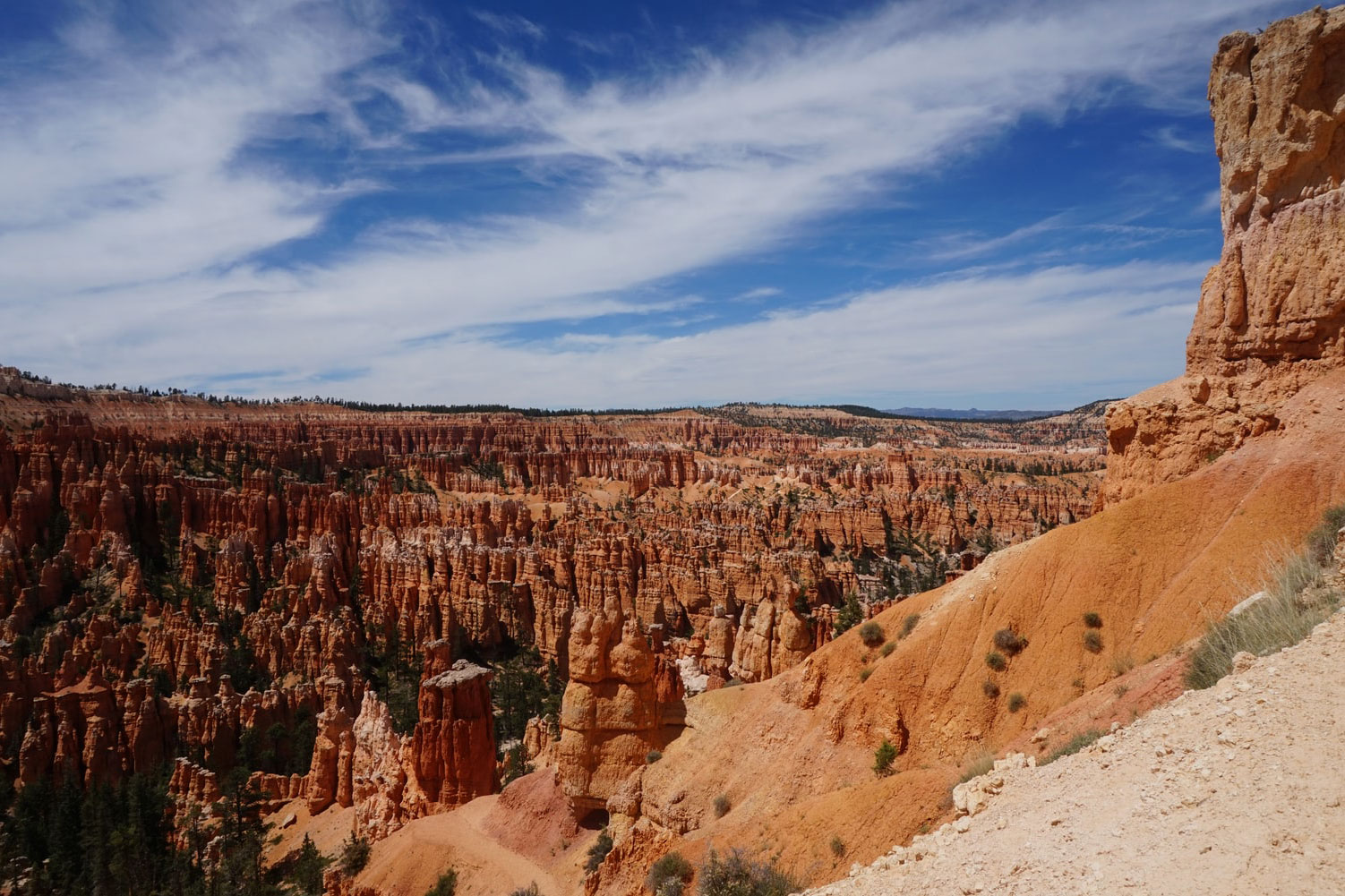
- Location: Bryce
- Best time to visit: Year-round (activity-dependent)
- Peak season: July to August
- Things to do: Camping, hiking, horseback riding, stargazing, photography, snowshoeing, and cross-country skiing
- Recommended hike: Riggs Spring Loop Trail (8.6-mile loop)
Bryce Canyon National Park invites a new type of discovery and exploration in the desert. It’s considered an alpine environment, and there are year-round activities within the park. The most popular season to visit Bryce is in July, but winter is ideal for photographers, wildlife viewers, snowshoers, and cross-country skiers.
Bryce offers an array of wildlife and ecology to be enjoyed from the forested canyon rims and the vast amphitheaters filled with out-of-this-world rock formations known as hoodoos. Much of the park can be seen from the various overlooks, but it can be enjoyed more intimately on foot or skis.
Don’t just stick around during the day, either. Bryce Canyon is an accredited International Dark Sky Park, making it one of the best places in the world to see the stars.
4. Capitol Reef

- Location: Fruita/Caineville
- Best time to visit: May to October (50-90 degrees F)
- Peak season: May
- Things to do: Camping, hiking, canyoneering, and scenic drives
- Recommended hike: Navajo Knobs Trail (9-mile out-and-back)
Of all the national parks in Utah, Capitol Reef is the most underrated and least visited. That isn’t to say that it’s any less spectacular. Part of the reason it has fewer visitors is because of its remote location. It isn’t as easily accessible, and there aren’t as many amenities in the immediate area.
Capitol Reef is a mix of desert and mountain climates and has plenty of established campgrounds. There are no RV hookups available, though. Most camping within the park gives a perfect launching point to explore some of the park’s stunning red rocks and hiking trails. If camping isn’t preferred, there are also rooms available at the Capitol Reef Lodge.
5. Zion
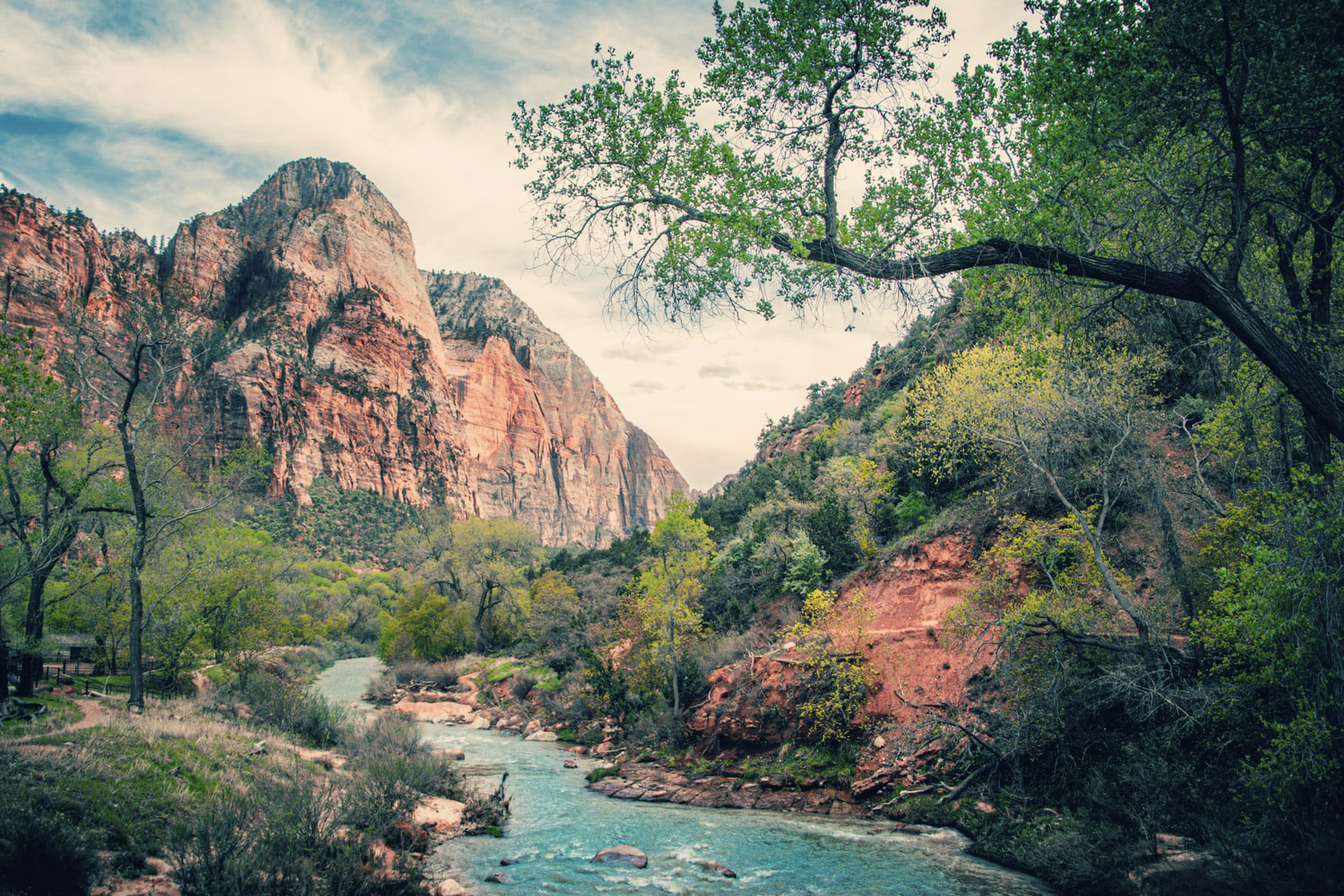
- Location: Springdale
- Best time to visit: Spring/Fall (60-90 degrees F)
- Peak season: May to September
- Things to do: Hiking, camping, rock climbing, canyoneering, backpacking, photography, natural history, and stargazing
- Recommended hike: East Rim Trail Southern Trailhead (9.9-mile point-to-point)
Tucked in the southwest corner of Utah, Zion National Park is a stunning display of geology and ecology. A simple drive through the main canyon of Zion gives you a taste of the magnificence of the Utah desert.
As Zion grew in popularity, crowds flocked to many of the more dangerous hikes, like Angels Landing. Now, many of the park’s day hikes require permits to cut down on crowds and lower human impact on the natural landscape.
Zion is beautiful year-round, but fall and spring have the best weather for outdoor activities. Just be wary of monsoon season (roughly July to September) in the canyons. Trust us, flash flooding is not an experience you want to have. That’s not to say you can’t go during other seasons — the winter is ideal for photographers and wildlife enthusiasts.
If you want a bit more solitude, check out the northern portion of Zion at the Kolob Canyon entrance. You can also connect the two canyons on a backpacking trek (permit required).


